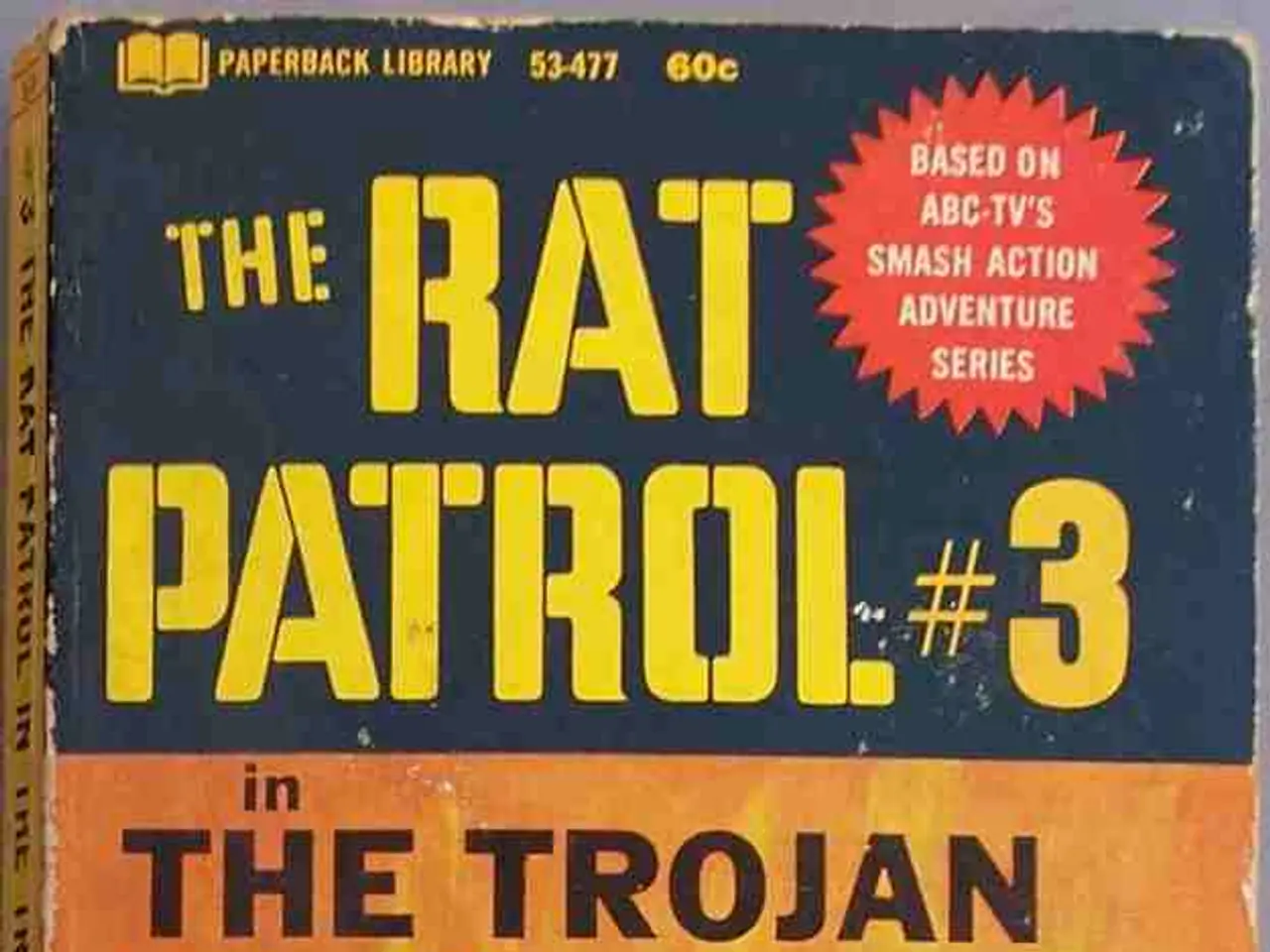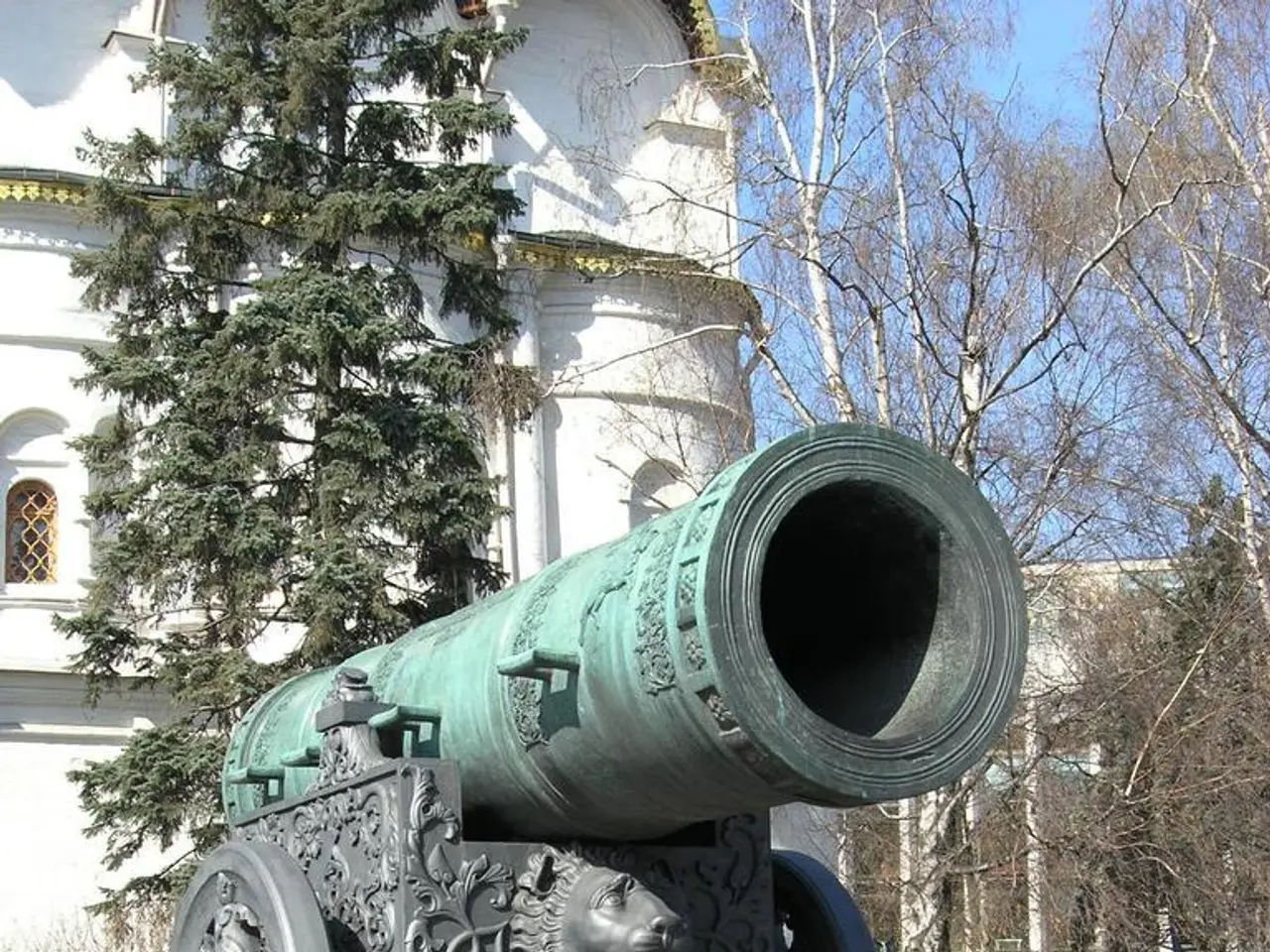Enigma Surrounding Disappearance of Iran's Uranium Stockpiles
Taking Cover: The Invisible UrANIUM in Iran's Secret Stash
The latest ceasefire between Israel and Iran seems to thwart missile warfare, but one unresolved issue continues to cast a shadow over the region: the whereabouts of Tehran's bomb-near uranium cache. Roughly equivalent to materials for 10 nuclear warheads, if Supreme Leader Ayatollah Ali Khamenei decided to weaponize, this stockpile can fit inside 16 cylinders about the size of large scuba diving tanks and light enough to be trucked away.
The International Atomic Energy Agency (IAEA), just five days into the skirmish, admitted its inspectors had lost sight of Iran's near 500 kilograms of highly enriched uranium. As alarming as it sounds, the stockpile might be hidden somewhere covertly amidst the chaos.
Even if Israel and the US manage to permanently cripple Iran's uranium enrichment facilities for the foreseeable future (and the evidence for that is hazy), there lingers a risk that the already near-weapons grade uranium could be stashed away indefinitely.
IAEA head Rafael Mariano Grossi remains hopeful that a lasting truce could precipitate talks on Iran's nuclear program and the re-entry of inspectors. According to Grossi, the ceasefire's success hinges on ensuring the safety and security for inspectors to revisit Iranian sites and gauge the implications.
Given the unstable nature of the conflict and Israel's sudden military offensive, the missing nuclear fuel serves as a stark reminder of the danger and uncertainty involved in taking such action. Before the attacks, IAEA inspectors maintained meticulous reports of Iran's uranium inventory, monitoring more than one site a day to ensure everything was in its rightful place.
However, the June 13 Israeli strikes drove Iran to relocate the material to a clandestine facility, even before U.S. joined the offensive with advanced bombing technology. Grossi has denounced this move and demanded Iran reveal the new location, although there's no guarantee they'll be granted access, regardless of whether peace prevails or not.
Cooperation in question
Not helping matters is an Iranian parliament bill that requires the government to suspend all cooperation with the IAEA. The legislation would freeze all cooperation with the atomic watchdog "until Iran's nuclear facilities' security is guaranteed." Such a move creates further complications for inspectors to regain access inside the country.
Iranian leaders have long criticized the IAEA for failing to uphold their rights under the Nuclear Non-Proliferation Treaty. Initiated in 1970, the treaty granted signatories like Iran access to nuclear technologies, but under the condition they didn't seek weapons. Since the technology has both civilian and military applications, the treaty empowered the IAEA to ensure materials are used appropriately.
Tehran's envoy to the IAEA, Reza Najafi, recently stated that ongoing military action has seemingly rendered the existing nuclear agreement "ineffective." If the political and legal relationship between Iran and the IAEA hadn't deteriorated because of the hostilities (though it has), this aggressive assault on nuclear sites would still make monitoring a considerable challenge for inspectors.
The targeted sites, including Fordow, Isfahan, and Natanz, have suffered irreparable damage and contamination, making it harder for key verification tools to function effectively. To make matters worse, the nuclear fuel remains missing, adding a new layer of concern for non-proliferation efforts.
So, while the ceasefire may bring a momentary pause to the conflict, the mystery of Iran's uranium cache remains, and it's becoming increasingly crucial for negotiators to address this problem swiftly and decisively. The location and security of this nuclear fuel pose a formidable challenge for the IAEA and the international community as a whole in preventing proliferation and maintaining regional stability.
In the midst of political hostilities, Iran's legislature has proposed a bill to suspend all cooperation with the International Atomic Energy Agency (IAEA), further obstructing the agency's efforts to monitor Iran's medical-conditions related to uranium enrichment. The increasingly critical state of affairs exacerbates concerns over financing for nuclear programs, as well as the general-news surrounding the current turmoil. However, the uncertainty surrounding the short-term and long-term implications of this political and scientific standoff continues to cast a shadow over the region's stability.




